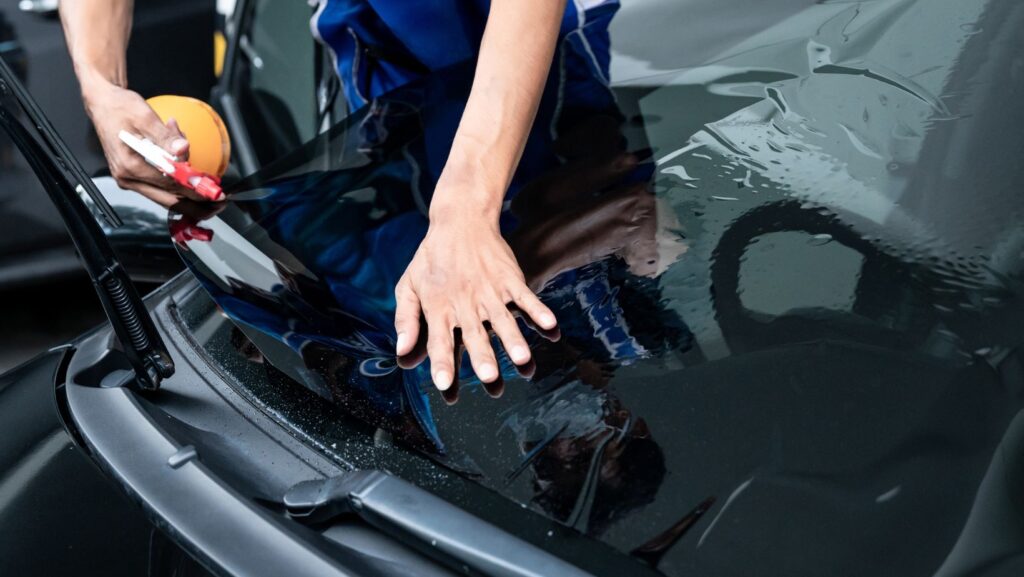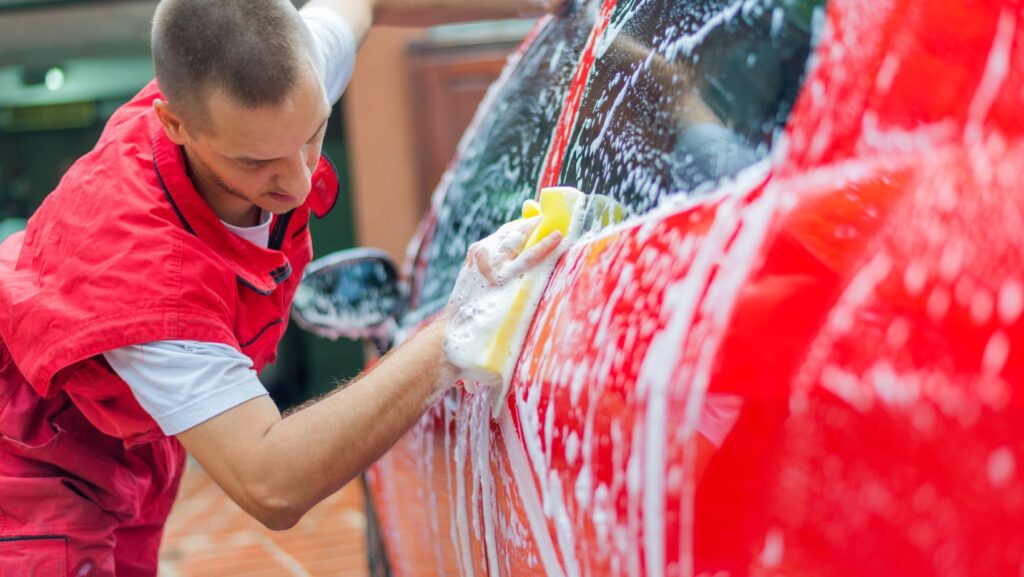Taking a long road trip is an exciting adventure—whether you’re headed across state lines or embarking on a cross-country journey, the open road promises freedom, discovery, and memories. But before you hit the highway, it’s crucial to prepare your car properly. A well-maintained vehicle not only ensures your safety but also helps you avoid unexpected breakdowns that can turn a fun trip into a frustrating ordeal. In this comprehensive guide, we’ll walk you through everything you need to do to get your car road-trip ready..
Inspect the Tires: Your Car’s Contact With The Road
Your car’s tires are the only part touching the road, making them one of the most critical components to check before a long journey. Start by examining the tread depth. Next, check the tire pressure. Proper inflation improves fuel efficiency, handling, and reduces the risk of blowouts. Finally, inspect the tires for any visible damage like foreign objects embedded in the rubber. If you notice anything suspicious, have a professional mechanic take a look.
Check The Maintenance Schedule: Stay Ahead Of Potential Issues
Before embarking on a long trip, it’s smart to review your car’s maintenance schedule. Has it been a while since your last oil change, tire rotation, or brake inspection? If so, schedule a maintenance check with a trusted mechanic. Pay special attention to components that are prone to wear and tear, such as belts, hoses, and the battery. Your mechanic can perform a thorough inspection and replace parts as needed.
If so, schedule a maintenance check with a trusted mechanic. Pay special attention to components that are prone to wear and tear, such as belts, hoses, and the battery. Your mechanic can perform a thorough inspection and replace parts as needed.
Check The Oil And Other Fluids: Keep Your Engine Happy
Engine oil is the lifeblood of your car’s engine, lubricating moving parts and preventing overheating. Besides oil, don’t overlook brake fluid, power steering fluid, coolant/antifreeze fluid, and windshield washer fluid. Top off any fluids that are low and replace any that look dirty or contaminated.
Inspect The Engine: Look Under The Hood
A quick visual inspection under the hood can reveal potential issues before they become major headaches. Check for any obvious leaks, such as oil or coolant puddles beneath the car. Listen for unusual noises when you start the engine—knocking, ticking, or grinding sounds can indicate mechanical problems. Get a diagnostic scan done to identify and fix the problem before you hit the road.
Carry The Correct Documentation And Road Atlas: Be Prepared For Anything
Make sure you have all the necessary documents with you:
- Driver’s license
- Vehicle registration
- Proof of insurance
- Roadside assistance information (if you have coverage)
While many rely on GPS and smartphones for navigation, it’s wise to carry a physical road atlas or printed maps as a backup. A road atlas ensures you can still find your way if digital devices let you down.
Get A Final Maintenance Check: Professional Peace Of Mind
Even if you’re comfortable performing basic inspections yourself, a professional maintenance check before a long trip is invaluable. Mechanics have the tools and expertise to spot issues you might miss. Many service centers offer pre-trip inspections that cover brakes, suspension, steering, exhaust systems, and more. Scheduling this check can save you money and stress by catching problems early.
Don’t Forget The Emergency Car Kit: Safety First
The emergency car kit can be a lifesaver if you encounter a breakdown, flat tire, or other roadside emergency. Here’s what to include:
- Basic toolkit (screwdrivers, pliers, adjustable wrench)
- Flashlight with extra batteries
- First aid kit
- Reflective warning triangles or flares
- Blanket and warm clothing
- Bottled water and non-perishable snacks
- Duct tape and zip ties
- Tow rope or strap
- Gloves and rain poncho
Having these items on hand can help you handle unexpected situations safely and efficiently.
Check The Lights: See And Be Seen
Properly functioning lights are critical for safe driving, especially during night or bad weather conditions. Check all exterior lights:
- Headlights (both low and high beams)
- Brake lights
- Turn signals
- Tail lights
Have someone assist you in verifying that all lights work correctly. Replace any burnt-out bulbs and clean the lenses to maximize visibility.
Inspect the Brakes: Your Safety Depends On Them
Brakes are one of the most vital safety components on your vehicle. Listen for any unusual noises like squealing, grinding, or clicking when you apply the brakes. These sounds can indicate worn brake pads or other issues.
Bonus Tip: Plan Your Driving Schedule And Take Breaks
Long road trips can be exhausting, and fatigue is a major cause of accidents. Plan your driving schedule to include regular stops.
Experts recommend taking breaks every two hours or so to stretch, hydrate, do something entertaining (listen to the music, play Dragon Slots on your mobile – why not?), or take a nap. These breaks not only refresh you but also give your car a chance to cool down and allow you to inspect it briefly if needed. Avoid driving late at night or during times when you’d normally be sleeping.
Final Thoughts
From inspecting the tires and checking fluids to packing the right emergency gear and planning your stops, every step helps ensure a safe, enjoyable journey. Remember, a well-prepared vehicle is your best travel companion on the open road. So before you buckle up and start the engine, take the time to follow this checklist. Your future self will thank you when the miles roll by smoothly and without incident.





